The kimono is a traditional Japanese garment that represents Japanese culture and heritage. Kimonos have a long and rich history in Japan, with origins dating back to the 8th century.
Over the centuries, kimonos developed into their modern form – the T-shaped, straight-lined robes worn so iconically today. Beyond just clothing, kimonos symbolize Japanese identity and are an important cultural emblem.
Table of Contents
History of Kimono
The precursor to the kimono was the kosode, a T-shaped single robe worn by Japanese nobility as early as the 8th century. These robles were inspired by traditional Han Chinese clothing.
In the 16th century, the kosode began to be worn by commoners and became the prototype for the modern kimono. During the Edo period (1603 – 1868), regulations dictated the type and patterns of kimono that could be worn based on social class.
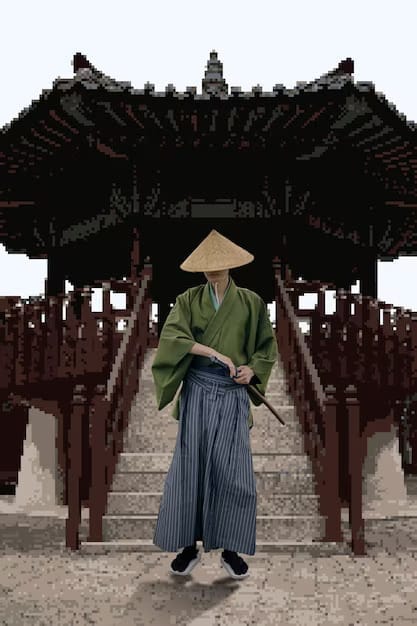
Kimonos reached their peak popularity in the late 19th century during the Meiji era. Both men and women wore kimonos daily.
After Japan opened to the West in the late 1800s, Western clothing became popular. Kimonos began being reserved for special occasions.
Today, kimonos are often worn for festivals, ceremonies, or weddings. However, they remain an enduring symbol of Japanese culture.
When was the Kimono Invented?
The origins of the kimono can be traced back as far as the Kofun period in Japan (250-538 CE). The earliest predecessors of the kimono were single robes worn by Japanese nobles. However, the prototype for the modern kimono emerged in the 16th century Edo period.
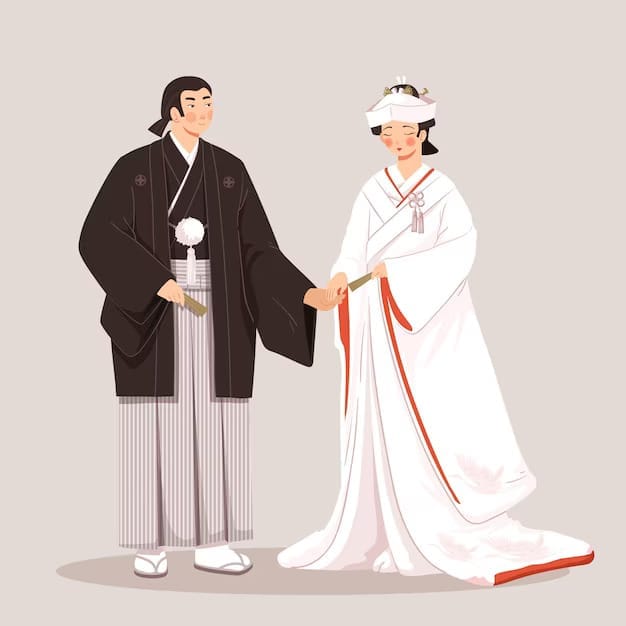
During this time, the basic T-shaped cut and use of bold patterns developed. So while early versions existed centuries ago, the quintessential kimono in its present form was invented around 500 years ago.
What Do Kimonos Represent?
Cultural Heritage
Kimonos are deeply rooted in Japanese tradition and heritage, serving as a symbol of the country’s rich cultural history. The art of kimono-making, known as kitsuke, has been passed down through generations, with artisans meticulously crafting each garment by hand.
Symbol of Elegance
Kimonos are renowned for their elegance and beauty. The intricate patterns and luxurious fabrics used in their construction reflect the wearer’s social status, taste, and personality.
From delicate floral motifs to bold geometric designs, kimonos offer a glimpse into the artistic sensibilities of Japanese craftsmanship.
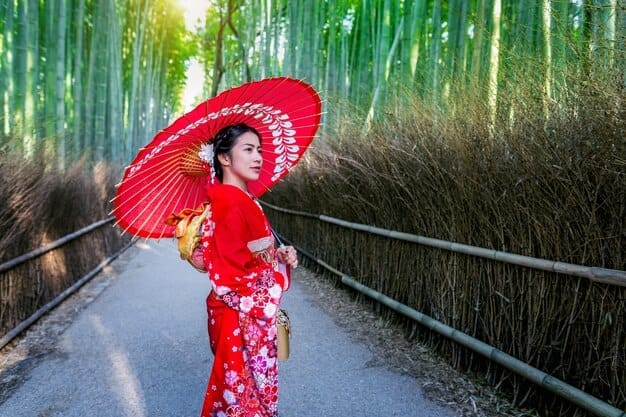
Expression of Identity
Beyond their aesthetic appeal, kimonos serve as a form of self-expression and identity. Different types of kimonos are worn for various occasions, each conveying specific meanings and cultural nuances.
For example, a furisode with its long flowing sleeves is typically worn by unmarried women during coming-of-age ceremonies, while a hakama is worn by men during formal events such as weddings and graduations.
Connection to Nature
Many kimono designs are inspired by nature, with motifs depicting flowers, birds, and landscapes. These natural elements hold symbolic significance in Japanese culture, representing themes of beauty, harmony, and the changing seasons.
Wearing a kimono adorned with floral patterns, for instance, can evoke a sense of connection to the natural world.
What are Kimonos Made of?
Authentic kimonos are made from silk, specifically lightweight plain-weave silk. Silk has historically been the preferred fabric for kimonos due to its soft texture, elegance, and ability to breathe in Japan’s humid climate.
Modern kimonos may also incorporate polyester and other synthetic fibers. However, silk remains the traditional textile for high-quality, formal kimonos. Other natural fabrics like cotton may be used for lightweight summer kimonos.
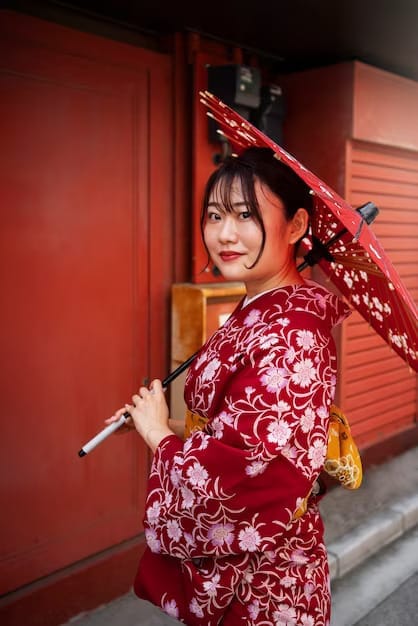
The silk used for kimonos is woven on traditional looms and then dyed in vivid colors. Popular traditional dyes included persimmon, safflower, and indigo. The dyed silk panels are then sewn together into the T-shape associated with kimonos.
What is a Kimono Used For?
In modern times, kimonos are most often worn for formal occasions and ceremonies such as:
- Weddings – Both brides and grooms may wear kimonos for their ceremony.
- Coming-of-age ceremonies
- Graduation ceremonies
- Tea ceremonies
- Festivals and cultural events
In the past, kimonos were everyday garments worn by both men and women. While they are no longer everyday attire, kimonos remain deeply symbolic of Japanese identity and tradition.
Types of Kimonos
There are many varieties of kimonos that vary based on fabric, pattern, and occasion. Some of the most popular types include:
- Furisode – A long-sleeved kimono for unmarried women. They are very formal and ornately decorated.
- Houmongi – An informal “visiting kimono” worn by married women.
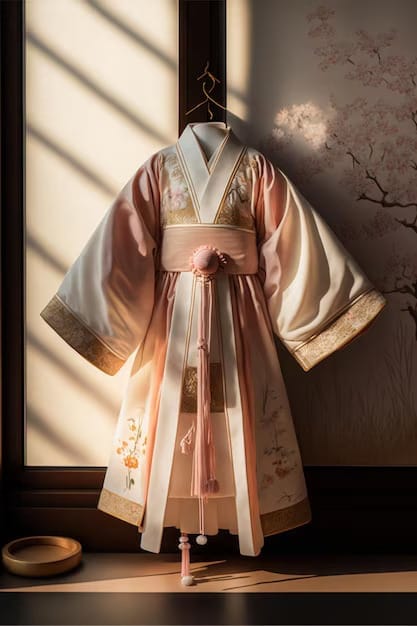
- Komon – A lightweight kimono decorated with small, repeated patterns.
- Yukata – An informal cotton summer kimono.
- Uchikake – An elaborate and heavily patterned kimono worn by brides.
- Irotomesode – A formal kimono with colored patterns only near the hem. Worn by married women.
- Edo Komon – A casual kimono with tiny dots in dense patterns made popular in Edo.
FAQs
What are the parts of a kimono called?
The main parts of a kimono are the sleeves, body, and skirt. The sleeves are called sode, the body hitoe, and the skirt suso. The collar is called eri and the sash used to tie the kimono shut is called an obi.
How do you put on a kimono?
Putting on a kimono is a multi-step process. First one wears the undergarments including a loincloth wrap called a juban. Next, the kimono is laid flat and the body centers it before wrapping it around themself. The sleeves are secured first, then overlapping front panels. The obi sash is tied in elaborate knots or bows to complete the look.
Are kimonos still worn in Japan today?
While not everyday attire anymore, kimonos are still a vibrant part of Japanese culture. They are most often worn now for special events like weddings, festivals, graduation, or coming-of-age ceremonies. However, kimono culture is still thriving in Japan for both traditional and modern uses.
Conclusion
The elegant kimono has a long and storied history in Japan. Over centuries it developed into the iconic cultural garment it is recognized as today. With its traditional silks and patterns, the kimono is an enduring symbol of Japanese identity and heritage.
While now worn ceremonially, it remains deeply woven into the cultural fabric of Japan. Kimonos represent important traditions and values that are still embraced today in their graceful beauty.
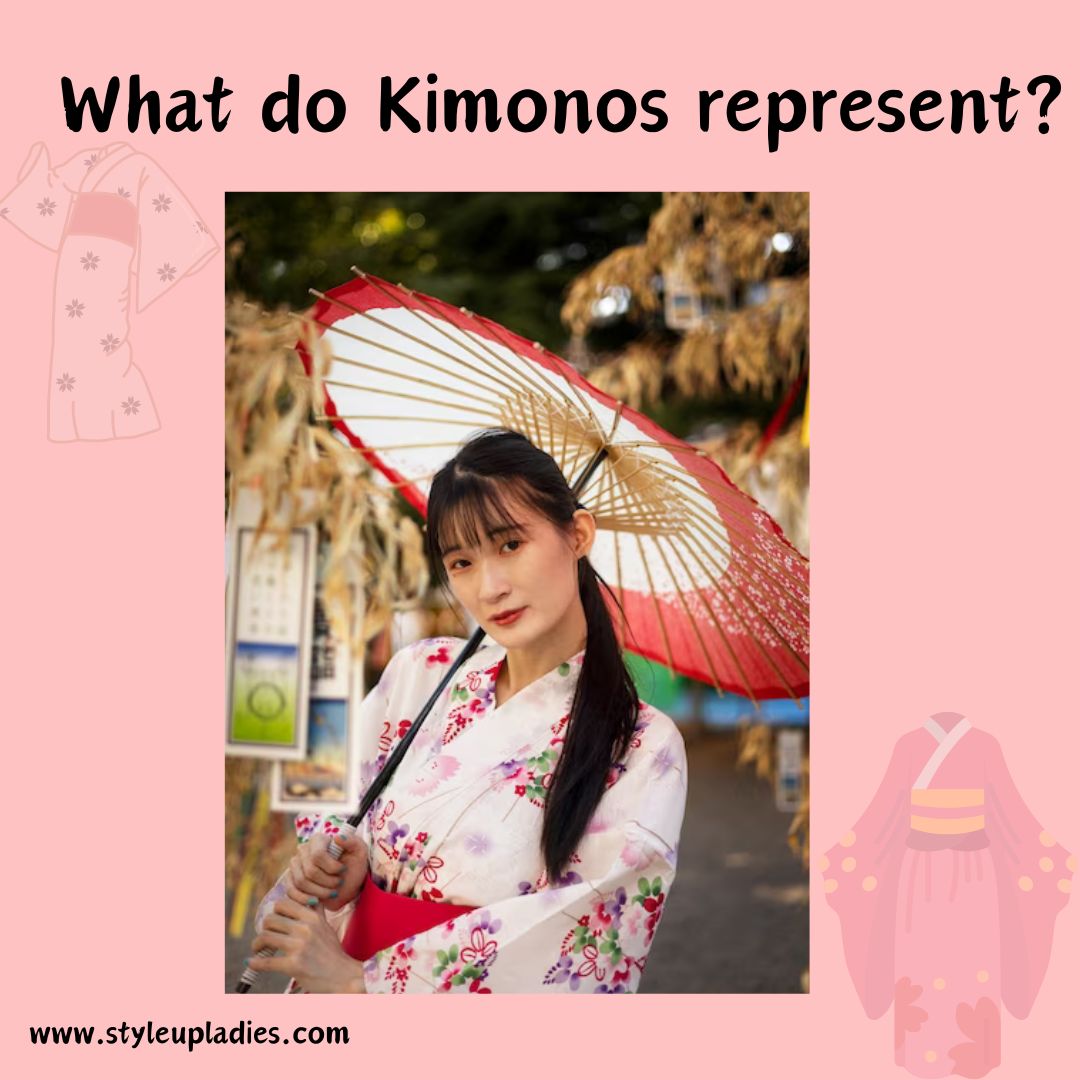
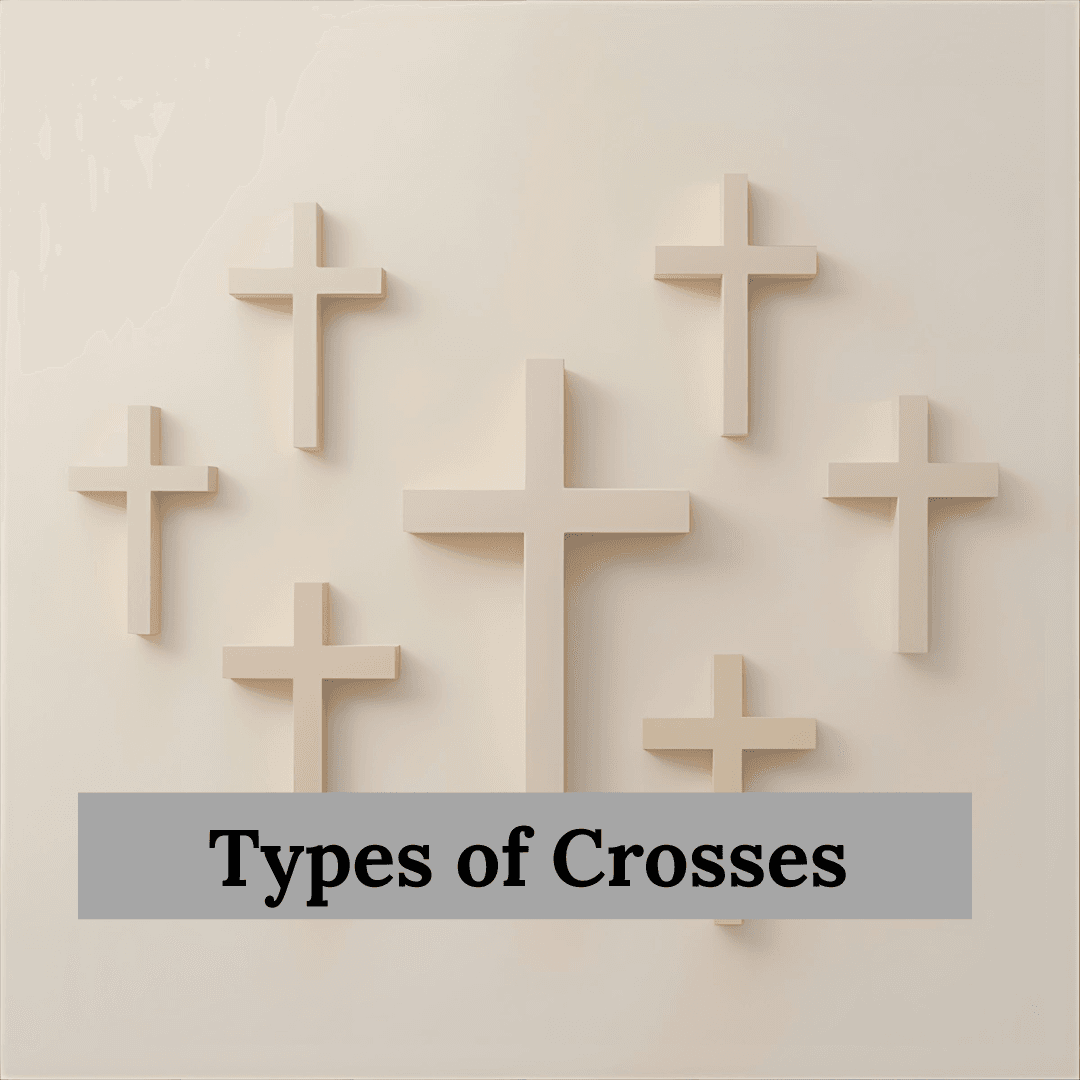

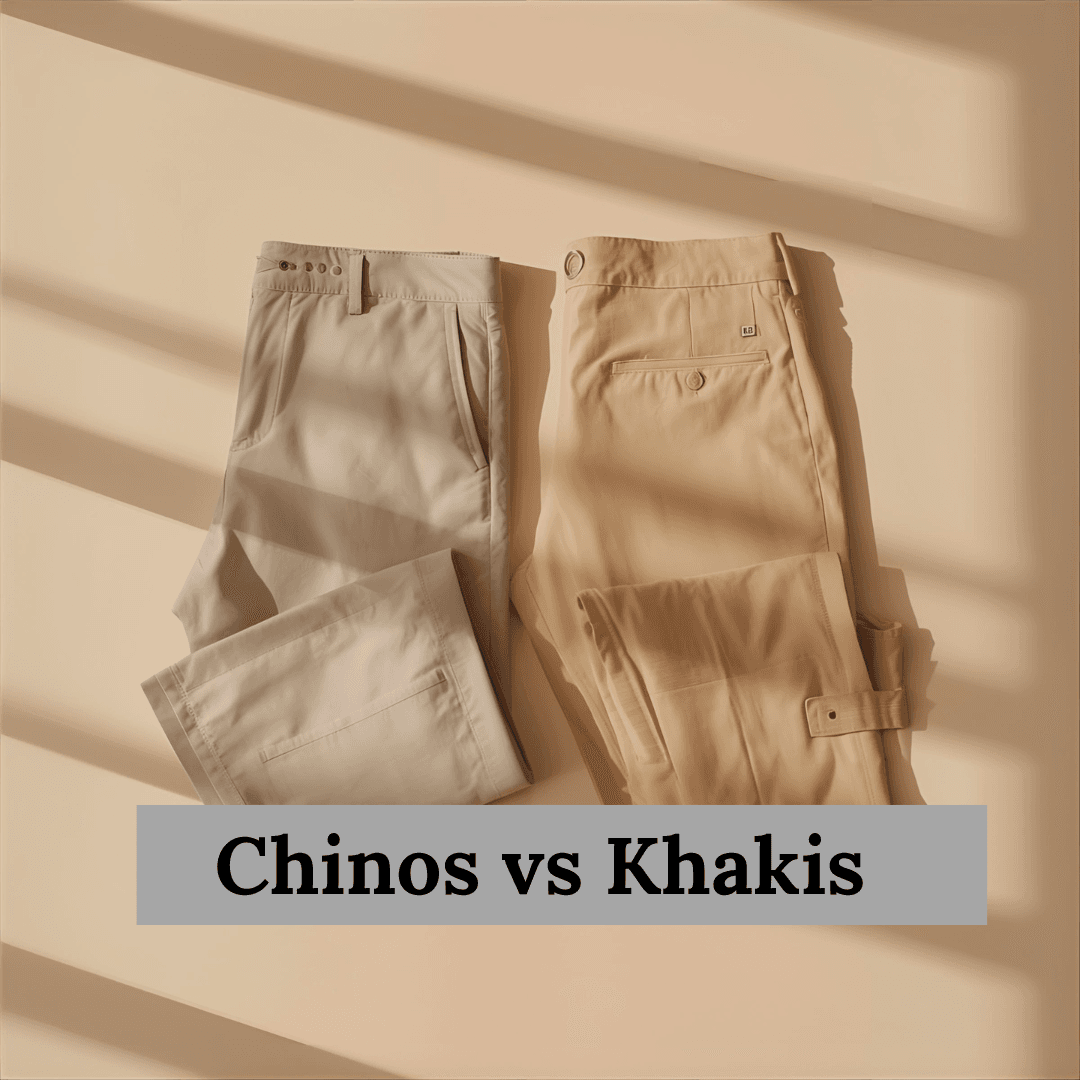
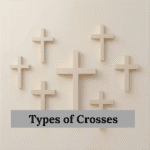



Leave a Reply